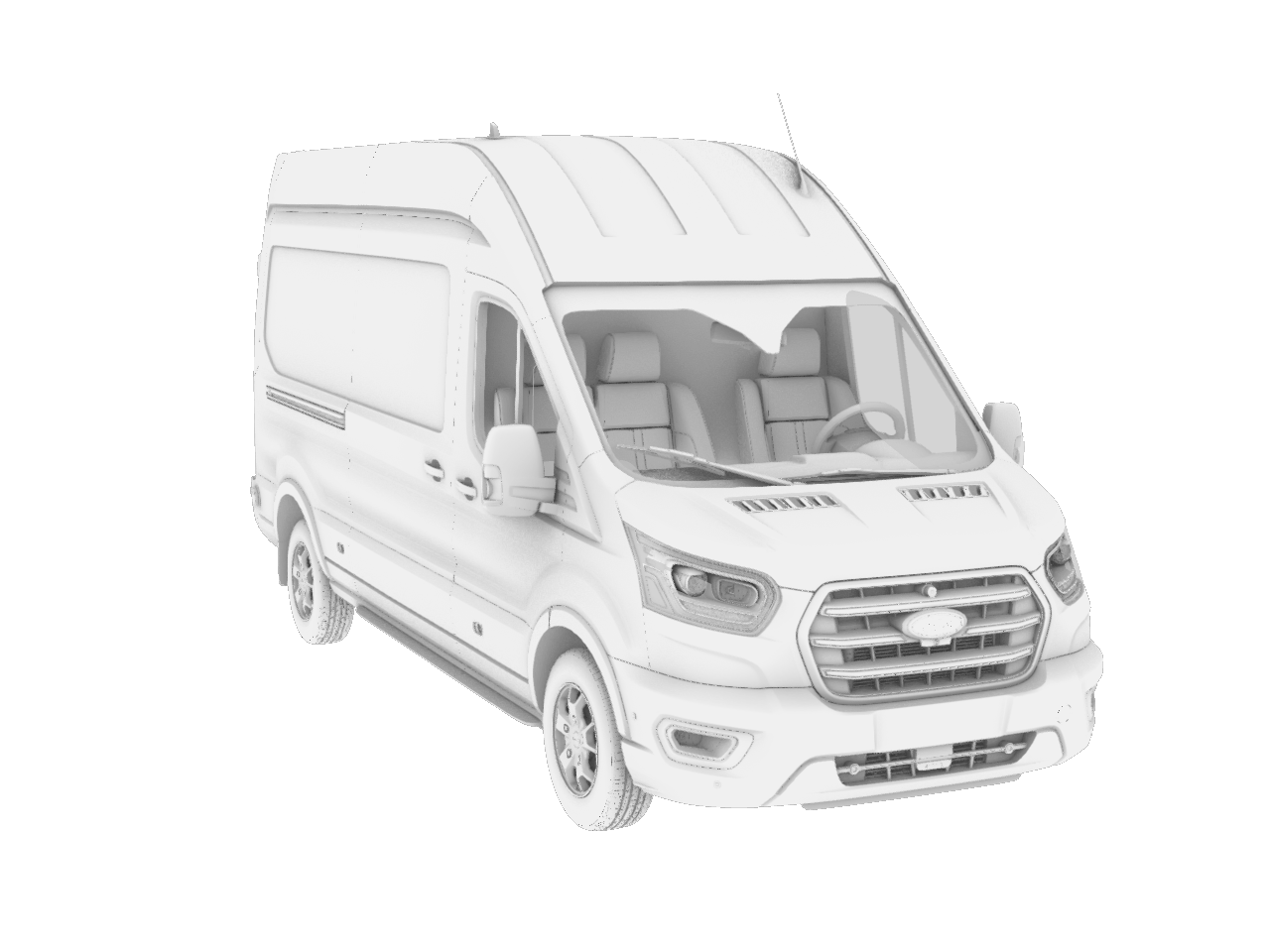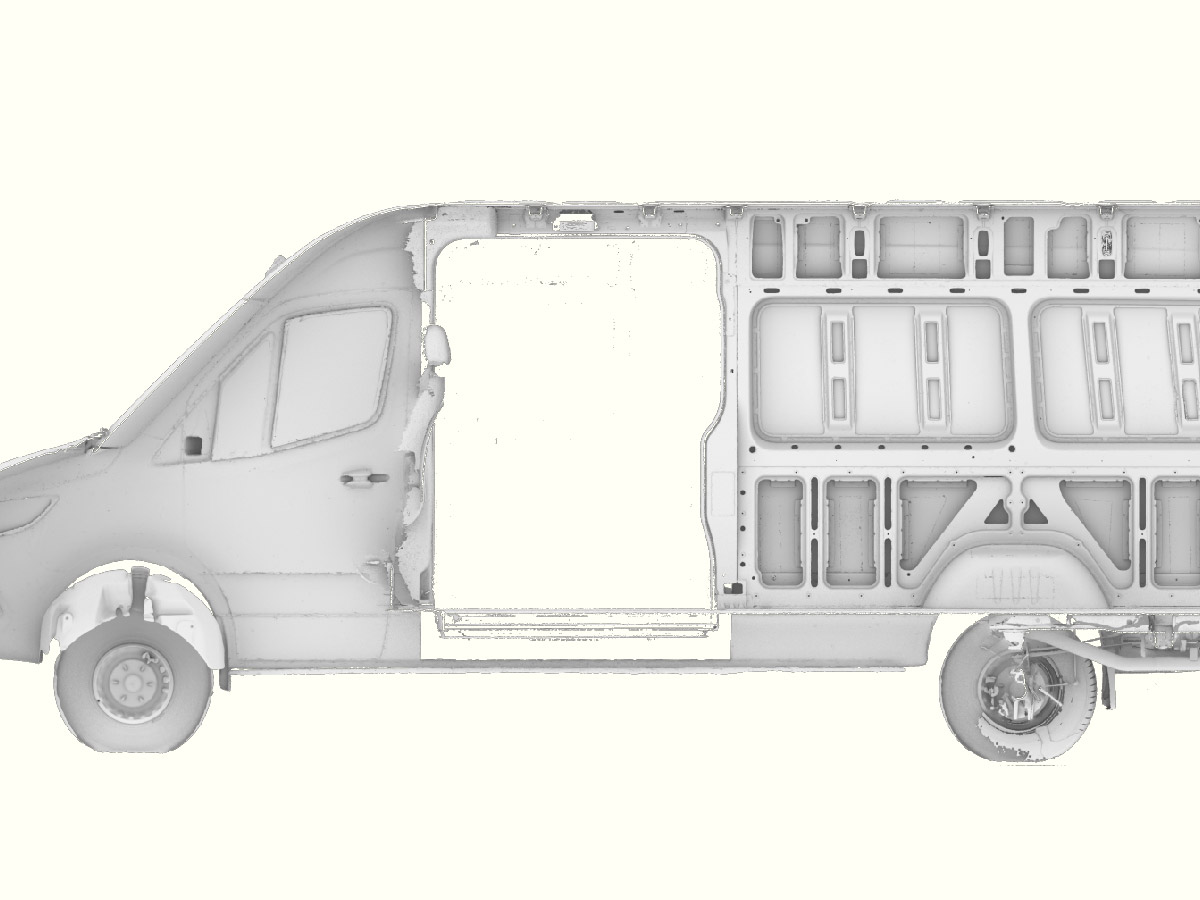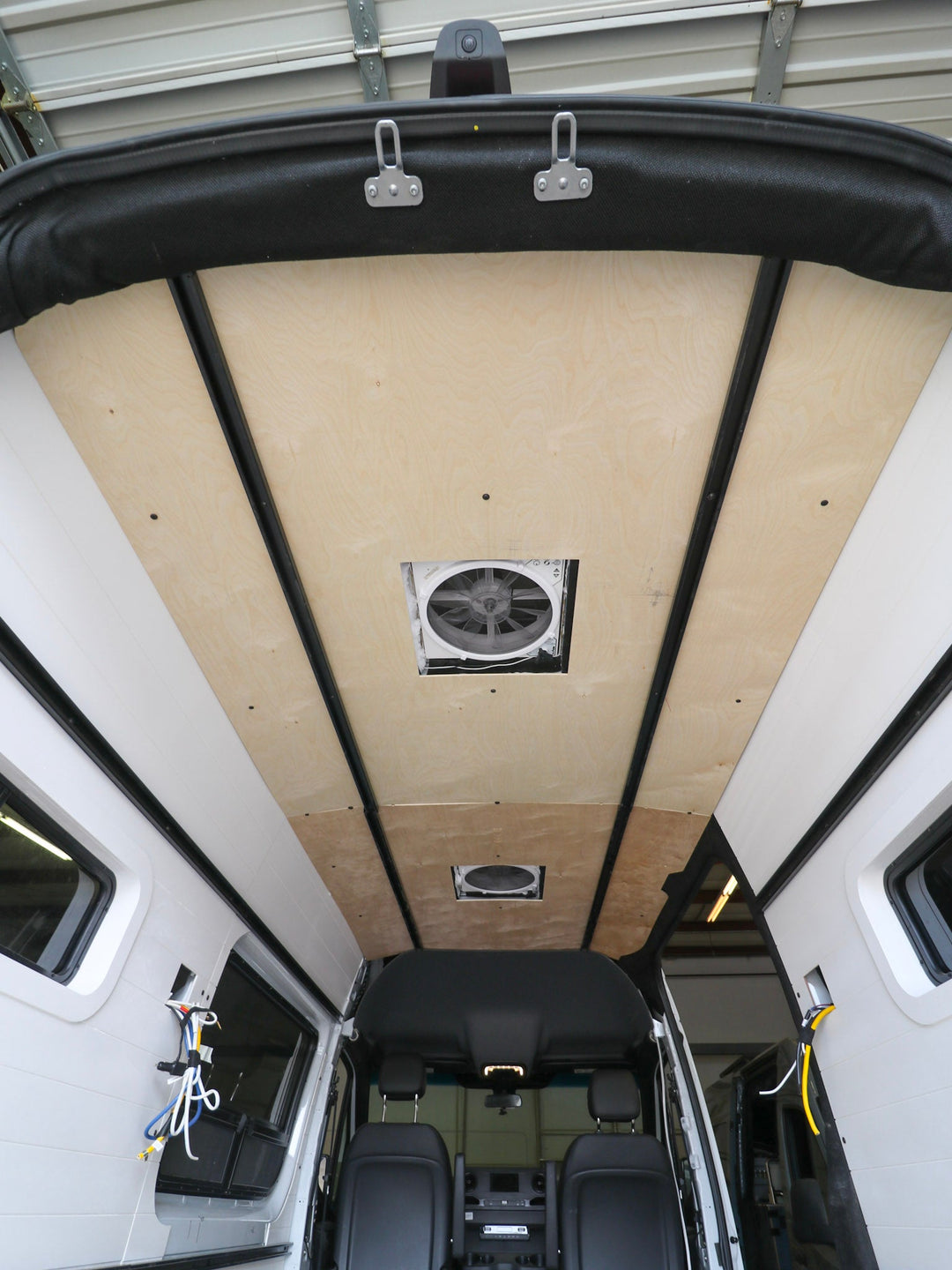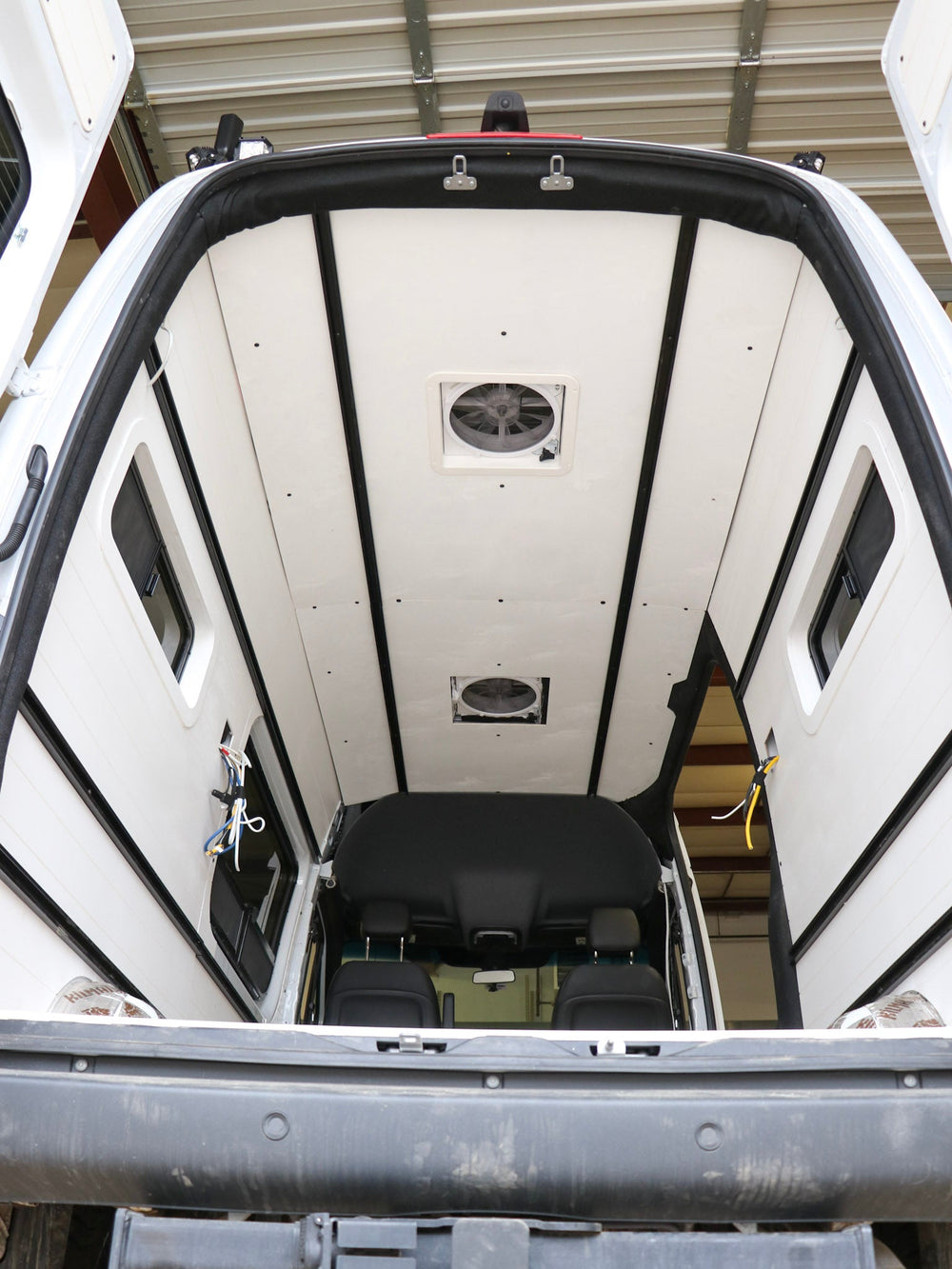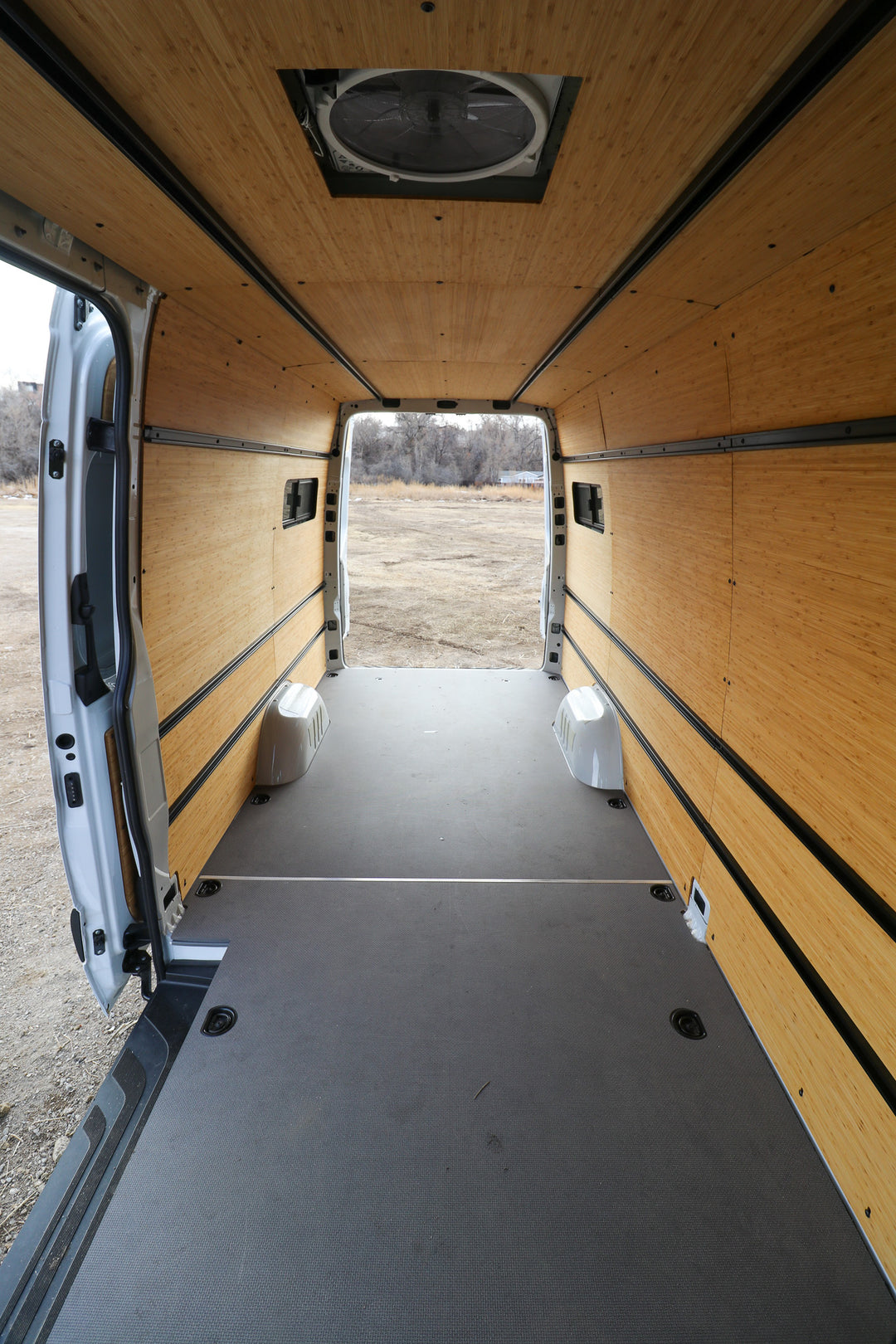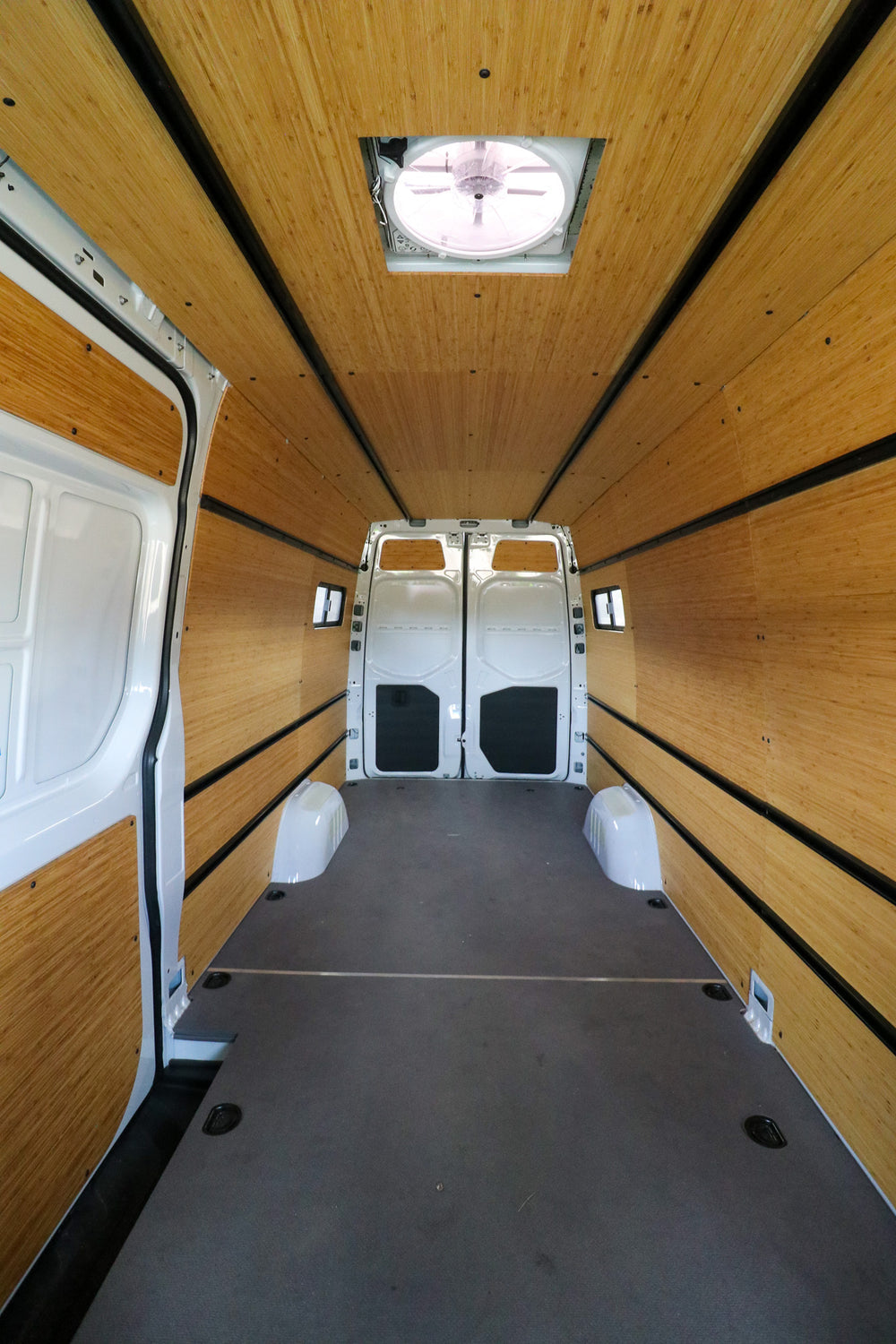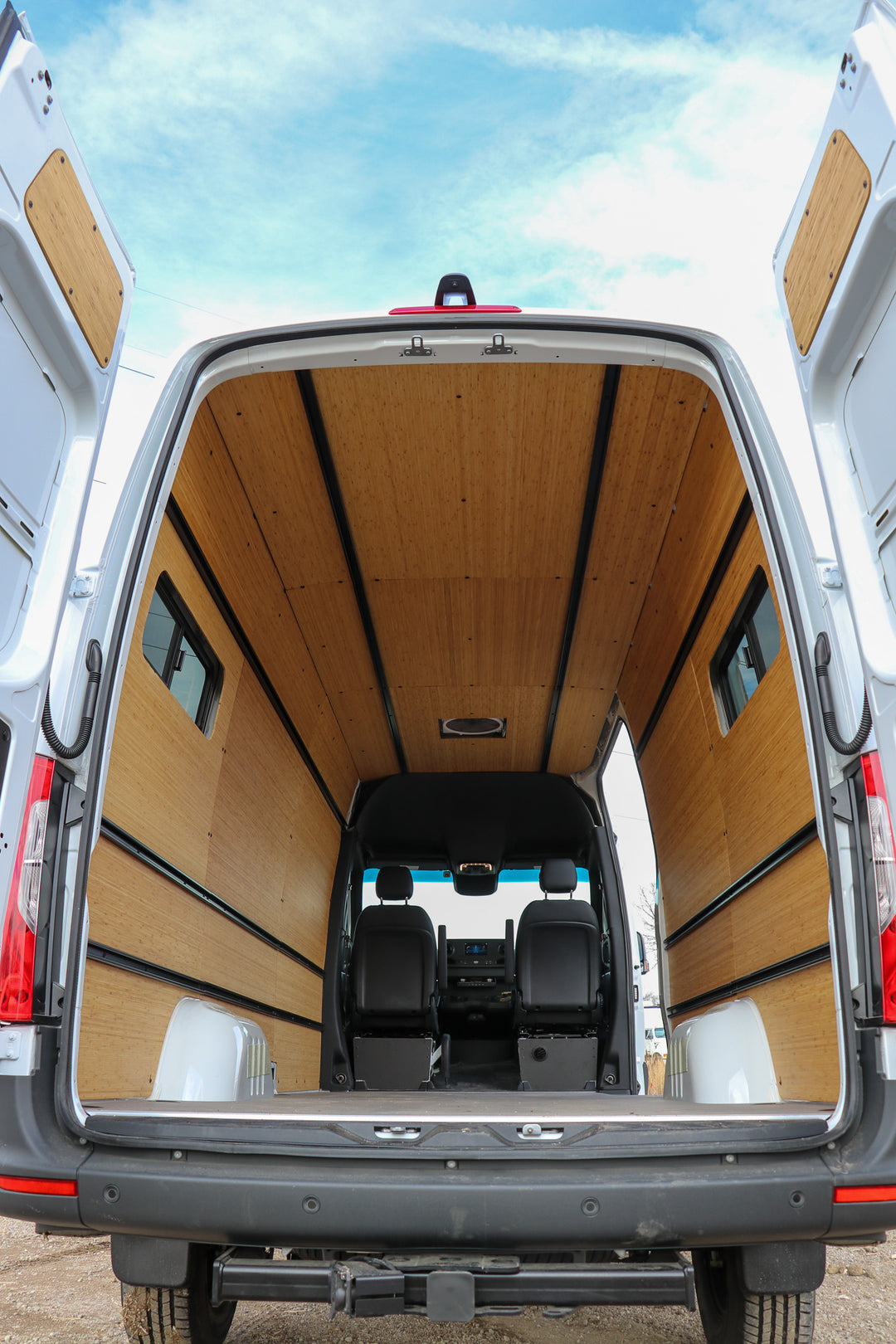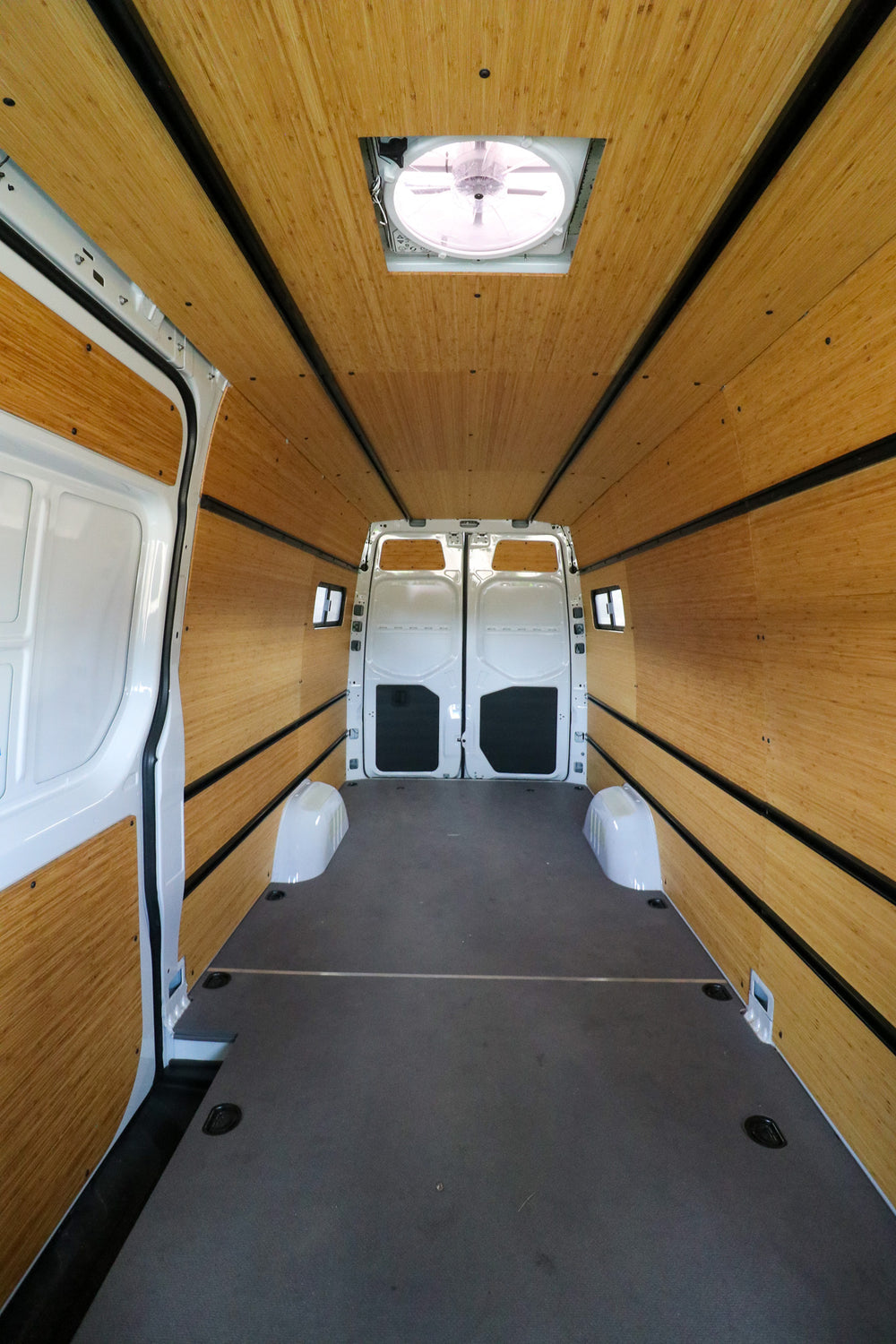[REVIEW] NOCO 15A AC Inlet (GCP1)
“What is dead may never die.”— Benjamin Franklin
Having a dead (flat) battery bank sucks. In our systems, Featherbuilt installs several charging methods, so that you don't have to worry about your battery life. Relying on solar charging or alternator (vehicle) charging can leave you stranded if one of those systems fail. Sometimes you just want to top it up if it’s been cloudy, stored inside, or you’ve been using lots of power (cough Vitamix cough).
In order to add a layer of redundancy to a van conversion electrical system, adding shore power charging can be a great option. In a recent project, our goal was to add an inexpensive shore power charging system to an existing van conversion build that only had a solar charging system. We were searching for a solution that was easy to install and would integrate with the electrical system already in place. What we landed on was a shore power charging setup that consists of two components:
We used the GCP1 inlet to bring 120V AC power into the van from outside sources (shore) such as a garage, driveway, or campground power pole. The AC input of the battery charger is connected to the other end of the inlet, and the DC output is connected to the house battery bank (Renogy 100Ah Lithium Iron Phosphate Battery).


The AC inlet comes with the single piece assembly and 3 self-drilling installation screws. The packaging has no-frills. I appreciate the minimalism here. Nothing extra or unnecessary. The rubber weatherproofing gasket is molded with the rubber cap making it a single piece and has alignment holes ready for install.

Tools required:
Drill
Phillips Driver Bit
The install is very straightforward:
-
Drill a 2" [51mm] hole.
-
Screw in the inlet.
Feel free to include a few intermediate steps:
-
Before you drill make sure there is space on the inside for the inlet cord.
-
Go slow and steady with the hole saw. Wear PPP.
-
Debur the hole-saw hole.
-
Use automotive primer to rust-proof any metal that you drill through.
-
Freestyle with the alignment. Sideways is cool.
-
Go slow and steady with the self drilling screws.
-
Don't overtighten the screws or you could damage the gasket and distort the plug which would defeat the weatherproofing

Things I like:
-
Minimal packaging
-
Clear install instructions
-
Interior cord is angled down to reduce the profile. It fits inside the wall cavity easily
-
Durable and quality materials
-
14AWG wire
-
Tinned contacts and prongs
-
Dense, tough plastic - maybe PA6
-
Rubber cap, I think so it will stay flexible in the cold
-
Things I don't like:
-
I don't feel confident the rubber cap will last long on the tiny strap connecting it to the body of the inlet. Making exterior parts that stay flexible and don't degrade under UV exposure and wet conditions ins tough. If it starts to fall off, I'll devise a method to retain it using something more robust.
-
If you had a different wall construction it could be difficult to use the provided screws and screw locations. The holding power of the 3 screws can definitely be trusted in the thick gauge sheet metal of the Mercedes, but in a fiberglass, aluminum or wood clad wall, a different product might be better.
-
Many reviews report that the ground prong on the inlet side is prone to breaking off. We'll see.

Final Thoughts:
10/10
-
No doubt this was the right product for this installation. It is a really simple device but it fits all the criteria, and so far, has delivered on all it's promises: bring power from the outside to the inside. We had it installed and hooked to the battery charger in under an hour.
-
The materials and build quality give me confidence that it will perform it's duties without problem for some time. Venus' batteries will never die.
-
I won't use it for every install. We like to use a 30A connection that can leverage the output of many campground sources, and the capabilities of larger chargers. But to bring a 15A connection into this van, it's perfect. Stupid simple, and in this case, less is more.
-
The jury is still out on the GENPRO10X1 Charger as we are still evaluating the charging characteristics. I can say, however, that the install was about as easy as the 15A inlet. And it does charge the batteries…
Some of links provided in this blog post are affiliate links. If you end up purchasing, we get a portion of the sales at no cost to you. Thank you for supporting us!



